Tungstate Oxidative Desulfurization Catalytic Practice
- Details
- Category: Tungsten Information
- Published on Wednesday, 09 January 2019 22:49
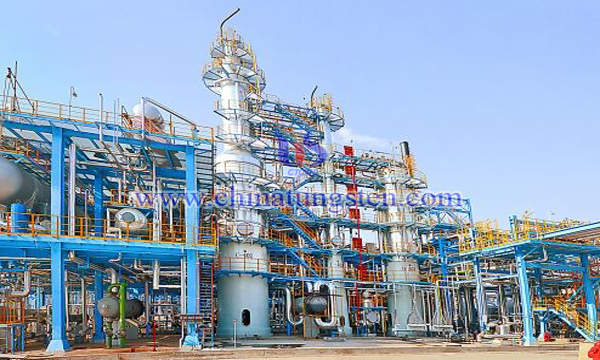
With the rapid development of automotive industry, sulfur pollution caused by combustion of automotive fuels is becoming more and more serious. Strict sulfur content standards for gasoline and diesel have been formulated in various countries and regions of the world. Hydrodesulfurization (HDS) is usually used in industry to remove sulfides from gasoline and diesel oil, but for thiophene and its derivatives, due to the steric hindrance effect, the desulfurization effect is poor and the cost is high.
Nano Tungsten Carbide Thermal Spraying Technology
- Details
- Category: Tungsten Information
- Published on Wednesday, 09 January 2019 22:39
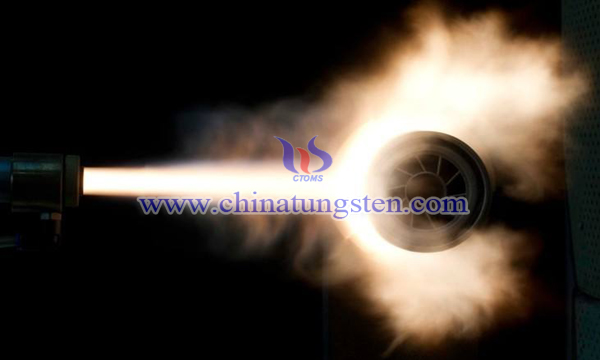
Thermal spraying technology can rapidly prepare a protective coating on the surface of the workpiece, giving the workpiece surface different properties such as wear resistance, corrosion resistance, wear reduction, sealing and so on. WC-based cermets with high hardness and toughness are widely used in aerospace, metallurgy, petrochemical, mechanical and other industries.
Improvement of Beneficiation Technology for Calcium-containing Tungsten Ore
- Details
- Category: Tungsten Information
- Published on Wednesday, 09 January 2019 22:21
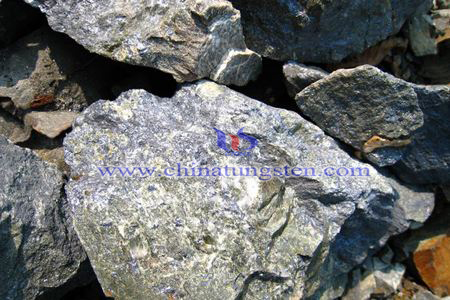
Tungsten resources are abundant and varied in China. At present, wolframite is decomposed by alkali and scheelite is decomposed by hydrochloric acid or boiled by soda. For quite a long time, experts at home and abroad generally believed that it was impossible to decompose scheelite by alkali (NaOH) in industry. Until Professor Li Honggui of Central South University put forward the hot-ball milling alkali decomposition process, which broke the convention.
Tungsten Trioxide Nanotubes Preparation by Template Method
- Details
- Category: Tungsten Information
- Published on Wednesday, 09 January 2019 21:54
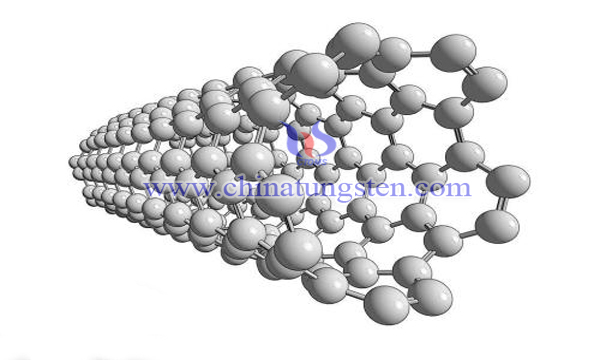
Tungsten trioxide nanomaterials are often used to fabricate high-performance nanodevices because of their unique properties. One-dimensional nanomaterials have become a research hotspot of nanomaterials. At present, the preparation methods of WO3 mainly include V-L-S method, L-L-S method, template method and so on. Template method has the advantages of low cost, suitable for large area ordered array units, and has become the mainstream.
Porous Tungsten Ceramics Electrolysis
- Details
- Category: Tungsten Information
- Published on Wednesday, 09 January 2019 21:48
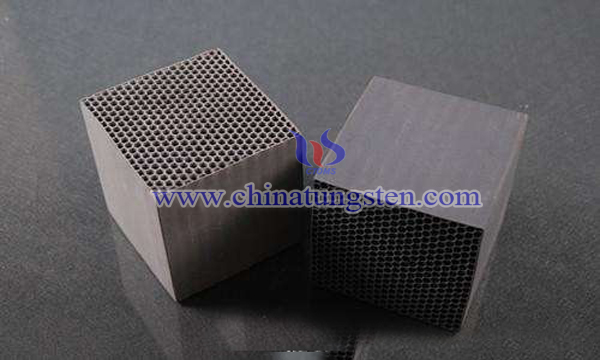
Tungsten is a refractory metal with the highest melting point and lowest vapor pressure in all metals. It has been widely used in aerospace, power electronics and metallurgical industry. Recently, tungsten-based porous ceramics have attracted more and more attention from researchers at home and abroad.
Surface Cladding Tungsten Carbide Coating Method
- Details
- Category: Tungsten Information
- Published on Monday, 07 January 2019 22:58
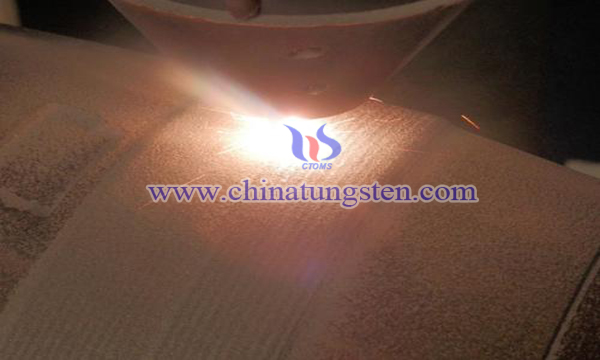
Tungsten carbide is a well-known anti-wear material. For a long time, people have done a lot of research on tungsten carbide materials from practical applications, especially the research on its high-temperature tribological properties has achieved certain results. It is considered to be the most widely used. The development and application of the most promising metal-based composite materials have been used in aviation, aerospace, ordnance, automotive, agricultural machinery, electronics, sports and other industries.
Upgrading Strategy of Tungsten-cobalt Composite Oxide Powder
- Details
- Category: Tungsten Information
- Published on Monday, 07 January 2019 22:42
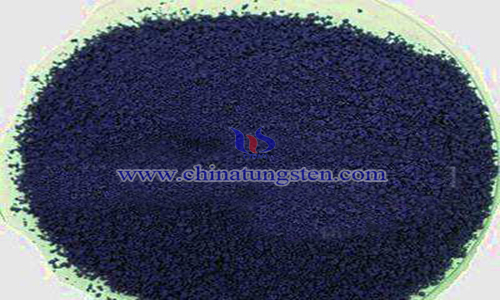
The preparation method of the traditional cemented carbide is mainly to reduce the tungsten oxide by hydrogen to tungsten powder by using a fixed bed, a rotary furnace, a hydrogen plasma, etc., and the tungsten (W) powder and the carbon (C) powder are ball milled and mixed by high temperature carbonization. The tungsten carbide (WC) is ball-milled and mixed with the pre-formed cobalt powder to obtain a tungsten carbide-cobalt (WC-Co) cemented carbide mixed powder, and then the cemented carbide is prepared by press sintering.
Brief Introduction of Nanopore Preparation by Tungsten Tip
- Details
- Category: Tungsten Information
- Published on Monday, 07 January 2019 22:03
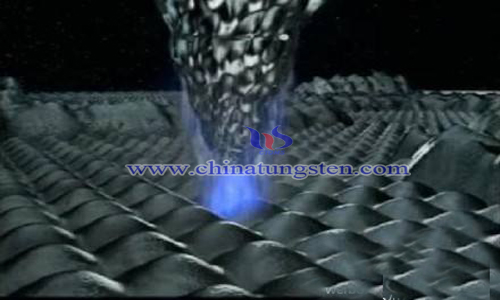
The life activities of organisms are mainly carried out by cells, which are isolated from the surrounding environment through cell membranes and maintain a relatively stable internal environment. Cell membranes are mainly composed of lipids arranged into bilayer layers (BLM) and embedded with various functional proteins, which play the roles of material exchange, energy exchange and signal transmission between cells and the external environment.
Tungsten Shielding Block for Active Detector
- Details
- Category: Tungsten Information
- Published on Monday, 07 January 2019 21:47

The inspection of 235U abundance and homogeneity of nuclear fuel rods is a very important quality control link to ensure the safe and reliable operation of nuclear fuel rods in nuclear power plants. The purpose is to avoid the hot spots caused by uneven 235U enrichment at any location during the operation of nuclear fuel rods. These hot spots may cause fuel rod rupture, contaminate coolant and cause shutdown. Therefore, the enrichment and uniformity of 235U fuel rod must be checked by 100%.
Tungsten Copper Zinc Alloy Material Preparation Scheme
- Details
- Category: Tungsten Information
- Published on Sunday, 06 January 2019 16:21
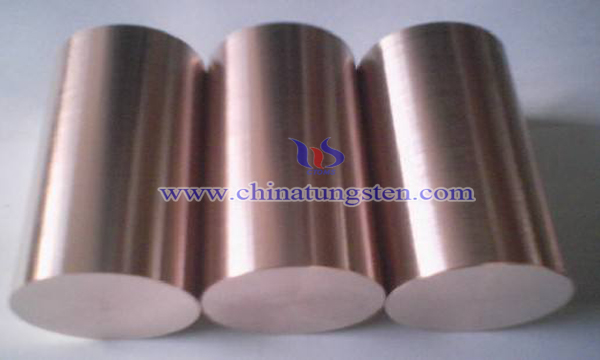
Tungsten-copper composites have high density, low thermal expansion coefficient of tungsten and high conductivity of copper. Their thermal conductivity, conductivity and thermal expansion coefficient can be designed by adjusting the content of tungsten-copper components. Therefore, they are widely used in microwave devices, integrated circuit packaging materials, electrical contact materials and military industry.


 sales@chinatungsten.com
sales@chinatungsten.com